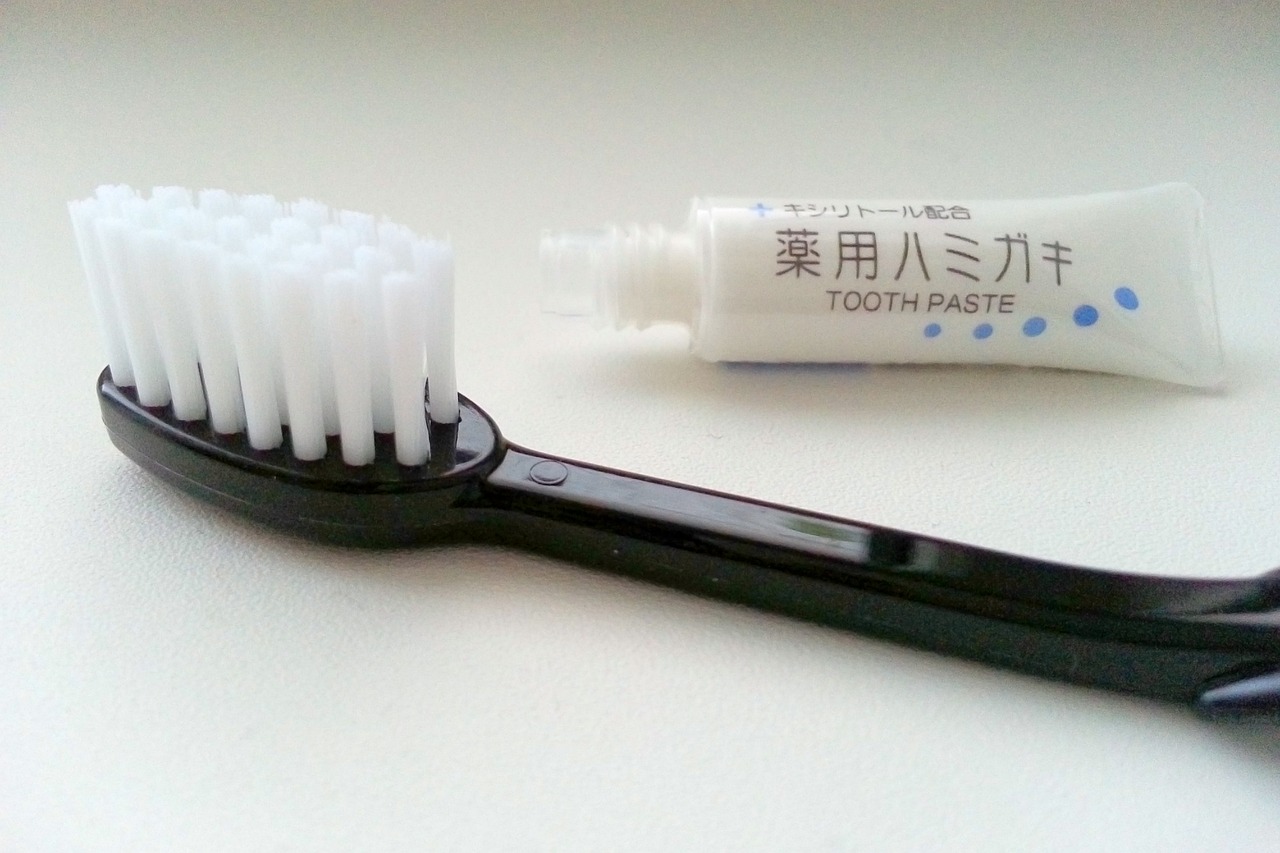Sensory Integration Therapy: Addressing Sensory Challenges in Children
betbhai9 login, radhe exchange registration, 99 exchange: Sensory integration therapy is a type of therapy that is designed to help children who have difficulties processing and responding to sensory information. Children with sensory challenges may struggle with things like loud noises, bright lights, textures, smells, or even physical touch. These sensory challenges can make it difficult for children to participate in everyday activities like going to school, playing with friends, or even eating a meal.
Sensory integration therapy is based on the idea that the brain can adapt and change, and that by providing specific sensory experiences, we can help children learn how to process and respond to sensory information more effectively. This type of therapy is often used for children with sensory processing disorder, autism, ADHD, or other developmental challenges.
During sensory integration therapy, children may engage in a variety of activities designed to help them learn how to better process sensory information. These activities can include things like swinging, jumping, climbing, playing in different textures, or even just listening to calming music. The goal of sensory integration therapy is to help children learn how to respond appropriately to different sensory experiences, so that they can participate more fully in their daily lives.
One of the key principles of sensory integration therapy is the idea of providing just the right amount of sensory input. For example, if a child is hypersensitive to touch, therapy might involve gradually increasing the amount of touch they are exposed to, in order to help them become more comfortable with it over time. On the other hand, if a child is hyposensitive to touch, therapy might involve providing more intense touch experiences to help them better register and respond to touch sensations.
Overall, sensory integration therapy can be incredibly beneficial for children with sensory challenges. By helping children learn how to process and respond to sensory information more effectively, this type of therapy can help them engage more fully in their daily lives and improve their overall quality of life.
**Common Sensory Challenges in Children**
Children can experience a wide range of sensory challenges, which can impact how they interact with the world around them. Some common sensory challenges in children include:
– Hypersensitivity to certain textures, sounds, or smells
– Hyposensitivity to touch, movement, or other sensory input
– Difficulty processing and integrating different sensory experiences
– Overwhelm in busy or stimulating environments
– Challenges with motor coordination and planning
It’s important to remember that every child is unique, and may experience sensory challenges in different ways. Sensory integration therapy can be tailored to meet the specific needs of each child, in order to help them develop the skills they need to overcome these challenges.
**Benefits of Sensory Integration Therapy**
Sensory integration therapy can offer a wide range of benefits for children with sensory challenges. Some of the key benefits of this type of therapy include:
– Improved ability to regulate emotions and behavior
– Better coordination and motor skills
– Increased confidence and self-esteem
– Greater independence in daily activities
– Enhanced social skills and peer interactions
By addressing sensory challenges early on through sensory integration therapy, children can learn how to effectively process and respond to sensory input, and develop the skills they need to thrive in all areas of their lives.
**FAQs**
1. Q: How do I know if my child could benefit from sensory integration therapy?
A: If your child struggles with processing sensory information, appears overwhelmed in certain environments, or has difficulty with motor skills or coordination, they may benefit from sensory integration therapy. It’s best to consult with a healthcare professional or occupational therapist for an evaluation.
2. Q: What can I expect during a sensory integration therapy session?
A: During a sensory integration therapy session, your child may engage in a variety of activities that are designed to provide sensory input and help them learn how to respond to it more effectively. These activities can be fun and engaging, and tailored to meet your child’s specific needs.
3. Q: How long does it take to see results from sensory integration therapy?
A: Every child is different, so the timeline for seeing results from sensory integration therapy can vary. Some children may show improvements in a few weeks, while others may take longer to see progress. Consistent participation in therapy sessions is key to seeing positive outcomes.
In conclusion, sensory integration therapy can be a valuable tool for addressing sensory challenges in children. By providing children with the support they need to develop their sensory processing skills, this type of therapy can help them improve their overall quality of life and thrive in all areas of development. If you believe your child could benefit from sensory integration therapy, don’t hesitate to reach out to a healthcare professional or occupational therapist for more information and guidance.







